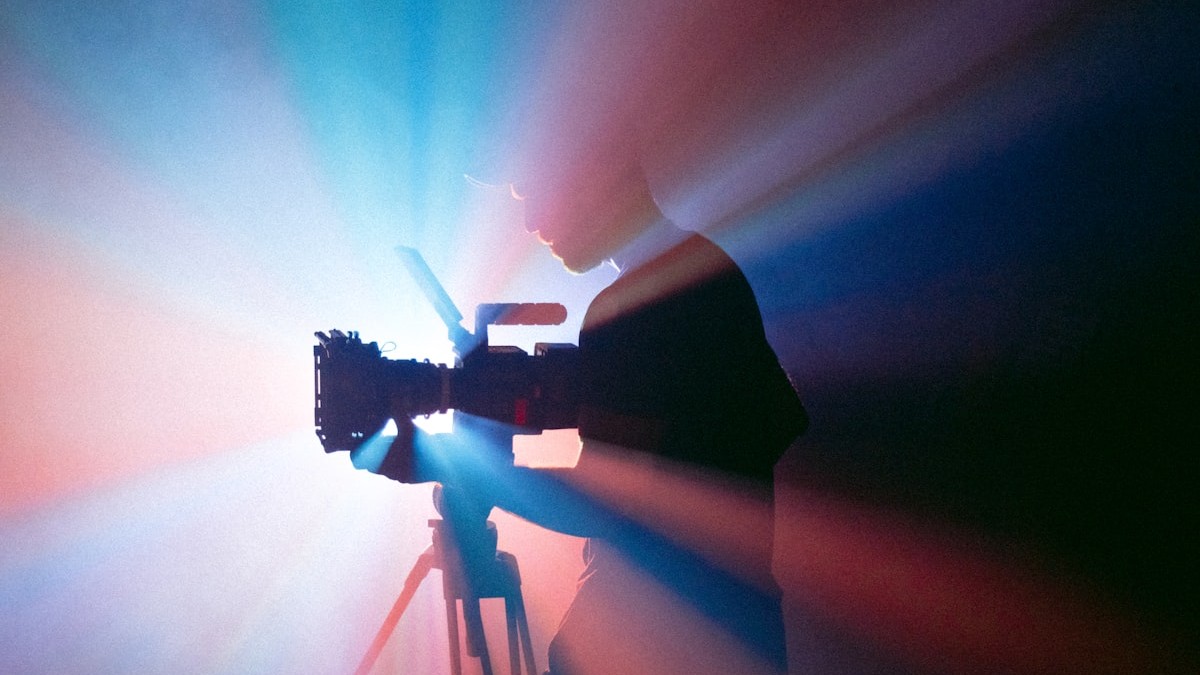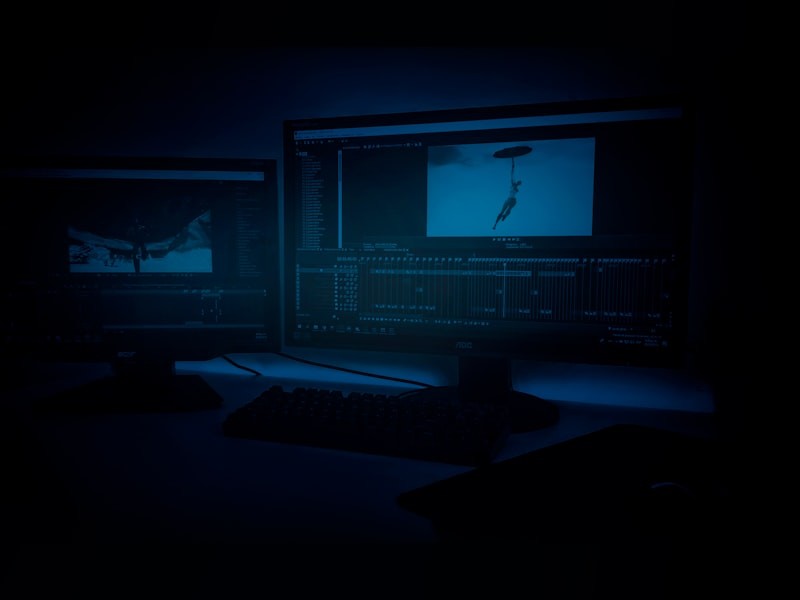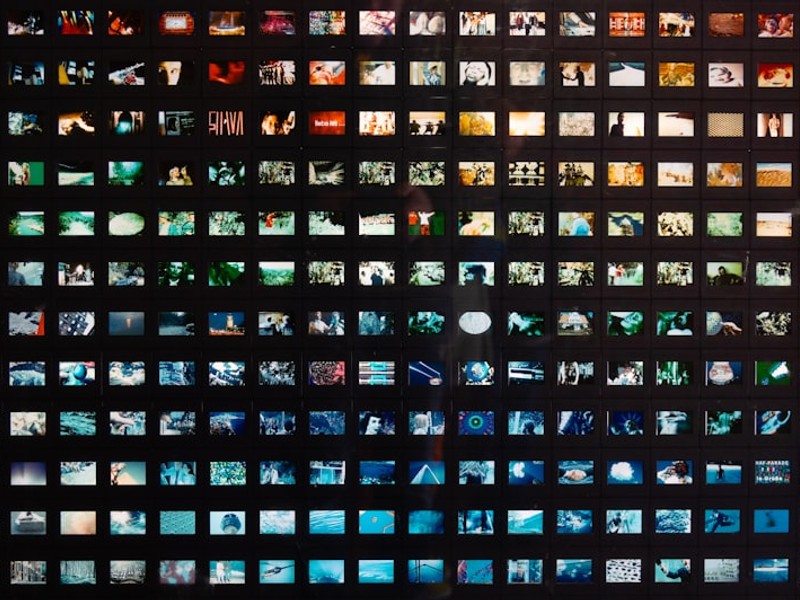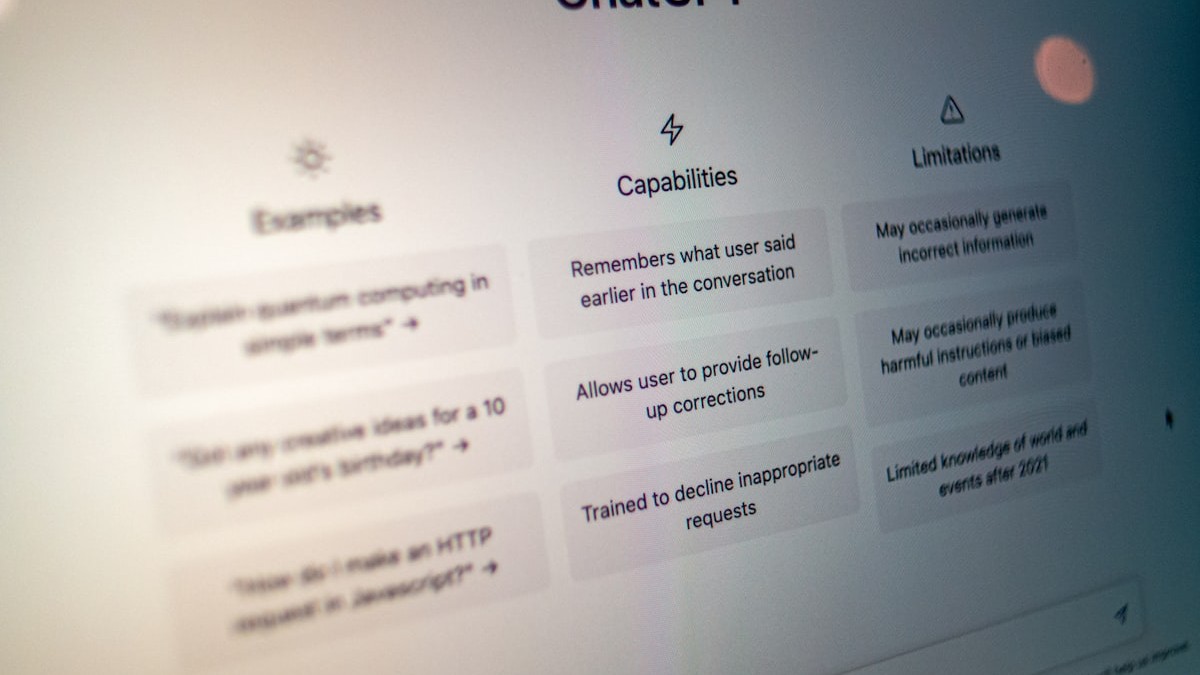AI Video Generator Comparison 2026: Future of Content Creation
The landscape of video creation is rapidly evolving, and Artificial Intelligence (AI) is at the forefront of this transformation. As we look towards 2026, AI video generators are poised to become indispensable tools for businesses, marketers, educators, and content creators alike. This AI video generator comparison 2026 provides an in-depth analysis of the leading platforms, their capabilities, pricing models, and potential applications, helping you navigate this exciting new frontier.
1. The Rise of AI Video Generators: A 2026 Perspective

black and gray camera tripod
1.1. Current Trends Shaping the AI Video Landscape
Several key trends are driving the growth and evolution of AI video generators:
- Enhanced Natural Language Processing (NLP): AI's ability to understand and interpret human language is improving rapidly. This allows users to create videos simply by providing text prompts.
- Increased Realism and Quality: Generative AI models are becoming more sophisticated, producing videos with higher resolution, more realistic visuals, and smoother animations.
- Accessibility and User-Friendliness: AI video generators are becoming easier to use, with intuitive interfaces and drag-and-drop functionality, making them accessible to a wider audience, even those without technical expertise.
- Integration with Other Platforms: Seamless integration with marketing automation tools, social media platforms, and other creative software is becoming increasingly common.
- Personalization and Customization: AI is enabling the creation of highly personalized video content tailored to specific audiences and individual preferences.
1.2. The Impact on Different Industries
The impact of AI video generators spans across numerous industries:
- Marketing and Advertising: Creating engaging video ads, product demos, and social media content at scale.
- Education and Training: Developing interactive learning modules, explainers, and virtual training programs.
- E-commerce: Generating product videos, customer testimonials, and promotional content.
- News and Media: Automating the creation of news reports, summaries, and visual aids.
- Entertainment: Producing short films, animations, and visual effects.
2. Top AI Video Generators: A Head-to-Head Comparison

two turned on flat screen monitors
Let's delve into a detailed comparison of some of the leading AI video generators expected to be prominent in 2026:
- Synthesia: Known for its photorealistic AI avatars and high-quality voiceovers. Ideal for creating professional training videos and marketing content.
- DeepMotion: Specializes in motion capture and animation. Perfect for creating realistic character animations and virtual performances.
- RunwayML: A versatile platform offering a wide range of AI tools, including video editing, style transfer, and content generation. Suitable for creative experimentation and artistic projects.
- Pictory: Focuses on turning text into engaging videos. Great for creating social media content, blog summaries, and educational videos.
- Descript: While primarily an audio and video editing tool, Descript incorporates powerful AI features like transcription, overdubbing, and AI-powered editing.
- VEED.IO: An online video editor with AI-powered features like automatic subtitles, background removal, and noise reduction.
- InVideo: Offers a vast library of templates and AI-powered tools for creating marketing videos, social media content, and explainer videos.
(A table summarizing the key features, pricing, and use cases of each platform will be beneficial here. Consider columns like: Platform Name, Key Features, Pricing (as of late 2025 projections), Ideal Use Case, Ease of Use (Scale of 1-5), Output Quality (Scale of 1-5))
3. Key Features to Consider in 2026

a black wall with a lot of different pictures on it
When evaluating AI video generators in 2026, consider these essential features:
- Text-to-Video Conversion: How well the platform translates text prompts into visually appealing videos.
- AI Avatar Realism: The quality and realism of AI-generated human faces and movements.
- Voiceover Quality: The naturalness and clarity of AI-generated voiceovers.
- Customization Options: The ability to customize avatars, backgrounds, music, and other elements.
- Video Editing Capabilities: The availability of tools for editing, trimming, and enhancing videos.
- Template Library: The variety and quality of pre-designed video templates.
- Integration with Other Tools: Compatibility with marketing automation platforms, social media channels, and other creative software.
- Pricing and Licensing: The cost of the platform and the terms of its usage.
4. Pricing Models: What to Expect in 2026
AI video generator pricing models are likely to evolve further by 2026. Expect to see a mix of the following:
- Subscription-Based: Monthly or annual fees for access to the platform and its features.
- Pay-as-You-Go: Charges based on the number of videos generated or the amount of processing time used.
- Freemium: Free access to a limited set of features, with paid upgrades for more advanced capabilities.
- Enterprise Plans: Customized pricing and support for large organizations with specific needs.
It's crucial to carefully evaluate the pricing models of different platforms to determine which best suits your budget and usage requirements. Consider factors like the number of videos you plan to create, the features you need, and the level of support you require.
5. Practical Applications: Real-World Examples
Let's explore some practical applications of AI video generators in different industries:
- Creating Explainer Videos: Synthesia can be used to create engaging explainer videos for complex topics, using AI avatars to present information in a clear and concise manner. (Image Prompt: A screenshot of a Synthesia explainer video with an AI avatar explaining a complex concept.)
- Generating Product Demos: InVideo can be used to create compelling product demos showcasing the features and benefits of your products. (Image Prompt: A mockup of an InVideo product demo showcasing a new software feature.)
- Automating Social Media Content: Pictory can be used to quickly turn blog posts and articles into engaging social media videos. (Image Prompt: A side-by-side comparison of a blog post and a Pictory-generated social media video based on it.)
- Developing Training Materials: AI video generators can streamline the creation of training videos, saving time and resources. Imagine using DeepMotion to create realistic simulations for medical training, or using Descript to quickly edit and transcribe recorded lectures.
- Personalized Marketing Campaigns: Tailor video messages to individual customers using AI to create a more engaging and effective marketing experience. This might involve personalizing the avatar's appearance or the message content based on customer data.
6. The Ethical Considerations of AI-Generated Videos
As AI video generators become more sophisticated, it's essential to address the ethical considerations:
- Deepfakes and Misinformation: The potential for creating realistic but fake videos raises concerns about misinformation and manipulation.
- Copyright and Ownership: Questions arise about the ownership of AI-generated content and the rights of the AI developers.
- Job Displacement: Concerns exist about the potential impact on video production professionals.
- Bias and Representation: Ensuring that AI models are trained on diverse datasets to avoid perpetuating biases and stereotypes.
It's crucial to use AI video generators responsibly and ethically, and to be transparent about the use of AI in content creation. Consider adding watermarks or disclaimers to videos generated with AI.
7. Future Trends: What's Next for AI Video Generation?
Looking ahead to 2026 and beyond, expect to see the following advancements:
- More Realistic and Expressive AI Avatars: AI avatars will become even more lifelike, with improved facial expressions, body language, and emotional intelligence.
- AI-Powered Storytelling: AI will play a greater role in crafting compelling narratives and generating engaging storylines.
- Real-Time Video Generation: The ability to generate videos in real-time, allowing for interactive and personalized experiences.
- Integration with the Metaverse: AI video generators will be used to create avatars, virtual environments, and immersive experiences in the metaverse.
- Increased Automation and Efficiency: AI will further automate the video creation process, making it even faster and easier to produce high-quality content.
8. Making the Right Choice: Selecting the Best AI Video Generator for You
Choosing the right AI video generator depends on your specific needs and goals. Consider the following factors:
- Your Budget: Determine how much you're willing to spend on a video generator.
- Your Skill Level: Choose a platform that matches your technical expertise.
- Your Intended Use Cases: Select a tool that's well-suited for your specific video creation needs.
- The Features You Need: Prioritize the features that are most important to you, such as AI avatars, voiceovers, or video editing capabilities.
- The Level of Support You Require: Consider the availability of documentation, tutorials, and customer support.
By carefully evaluating these factors, you can make an informed decision and choose the AI video generator that will best empower you to create engaging and impactful video content in 2026 and beyond.
Ready to explore the future of video creation? Dive into the world of AI video generators and start creating compelling content today! Explore the free trials and demos offered by the platforms mentioned above to find the perfect fit for your needs.
FAQ
Q1: What are the main benefits of using AI video generators?
AI video generators offer several benefits, including increased efficiency, reduced costs, improved scalability, and the ability to create personalized content.
Q2: Are AI-generated videos as good as professionally produced videos?
The quality of AI-generated videos is constantly improving, and in many cases, they can be comparable to professionally produced videos, especially for certain use cases like explainer videos and social media content.
Q3: Can I use AI video generators for commercial purposes?
Yes, most AI video generators allow you to use the videos you create for commercial purposes, but it's essential to review the licensing terms of each platform to ensure compliance.
Q4: What are the limitations of AI video generators?
Some limitations include the potential for generating unrealistic or unnatural-looking videos, the need for human oversight to ensure accuracy and quality, and ethical considerations related to deepfakes and misinformation.
Q5: How will AI video generators evolve in the next few years?
Expect to see advancements in AI avatar realism, AI-powered storytelling, real-time video generation, integration with the metaverse, and increased automation and efficiency.

![Claude vs GPT-4: Deep Dive Comparison [2024]](/generated-images/claude-vs-gpt4-comparison-1759526022805.jpg)
